
Btrax Design Company > Freshtrax > The Growth of J...
The Growth of Japanese Startup Culture and Business Opportunity
The local startup scene in Japan has grown up a lot in the past four years. Not only are the number of people interested in startups increasing, but corporations also are evolving and adopting “startup processes” to boost their business creativity and culture. Because of this growing attention, Japanese college graduates now see working for a startup as a viable career option.
I interviewed btrax Japan’s General Manager, Aki Tada, who was right at the brink of this change back in 2013. At the time, he had the goal of bringing the “Maker Movement” and TechShop to Japan, but it was still too early.
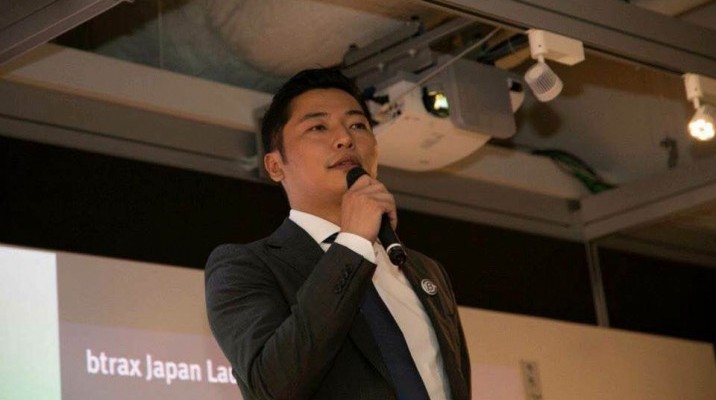
Fast forward three years in February 2016, TechShop finally opened their first Tokyo branch (pre-opening was in February and the branch was open to the public starting in April).
What had changed since then?
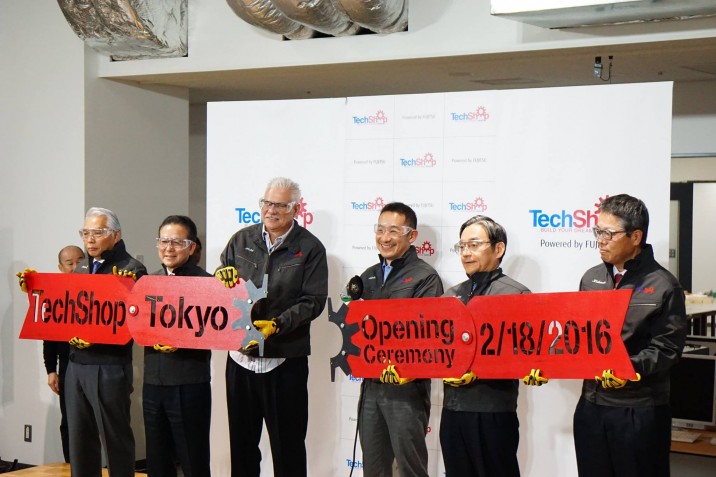
Photo: TechShop Japan
Let’s talk about how you got onto the path of becoming the General Manager of btrax Japan. Before this, you worked in publishing and even managed the Singapore office of a Japanese monthly architecture magazine. Can you tell me more about your background?
Of course. I realized I could work in publishing when I noticed that I used a lot of books as a student. I studied Ancient Roman History in undergrad and got an MA in Housing and Urbanism at the Architectural Association School of Architecture (AA School) after that.
Since I studied architecture in postgraduate school, I started applying for architecture publishing houses. I ended up working for a company called Shinkenchiku, which is probably the oldest architecture magazine in Japan. I spent two and a half years working there at the start of my career, then moved to the sister magazine called A+U. It’s a bilingual magazine featuring global architecture outside Japan.
Since A+U was a bilingual magazine, we tried to edit it partially in Singapore. I was sent there to set up a branch office.
People love to talk about what they’re working on and how they’re going to change the world.
Singapore was exciting because this was around 2008-2009 and it was right at the time when they were growing rapidly. At the time, they were still building Marina Bay Sands. I was there for eight months to train the Singaporean staff to edit the magazine. During that time, salaries and living costs went up around 1.2 to 1.8 times. It was a great experience to be right in the middle of rapid growth in Asia.
After my stint in Singapore, I went back to Tokyo and my position changed from editorial staff for A+U to International Business Development. This new role was to promote sales of the magazines and books outside of Japan and create partnerships with foreign companies.
People love to talk about what they’re working on and how they’re going to change the world, especially when the media comes. So I got to travel to many places to interview people, seeking potential partnerships. I talked to many different people from IBM executives to CEOs at TechShop and Autodesk, and even UN’s Habitat for Humanity.
I guess that’s when you started making contact with startup and tech culture.
Definitely. One year, I was sent to an event called Autodesk University in Las Vegas, and there I came to know the term “Maker Movement.” Computational design and digital fabrication were becoming big themes in architecture, and Autodesk was the number one company in that area.
I was really shocked, because in Japan, no one was talking about the Maker Movement or 3D printing. But I could see that it would become a big thing in the future.
I was sent to cover the event and was expecting architects to come up on the stage to talk about how the city was going to be, but the keynote was actually Chris Anderson, who used to be the editor of WIRED. He coined the term Maker Movement, and was saying that people will gain the power to make things themselves using 3D printers and other tools.
I was really shocked, because in Japan, no one was talking about the Maker Movement or 3D printing. But I could see that it would become a big thing in the future, so I started going to San Francisco regularly to talk to Autodesk and TechShop. I also went to Stanford to cover d.school. That’s how I encountered startup culture.
When I went to Techshop, there were many people making their own prototypes and showing them to me or the guys at the next table. And at d.school, they were saying that design was going to be a way to solve the world’s problems. I was introduced to many student projects that used cheaper tools to make prototypes.
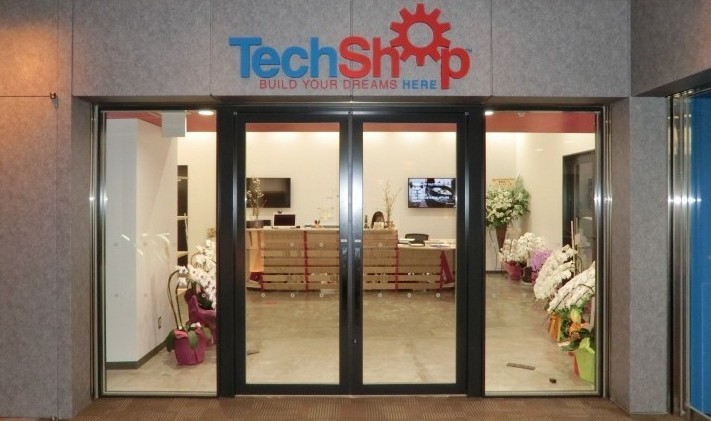
Photo: TechShop Japan
In the end, I wanted to work with these guys, so I left my company in early 2013 and went to San Francisco for three months, becoming a member of TechShop and experiencing it all first hand.
When I joined TechShop in 2013, I was trying to figure out the possibility of opening a branch in Japan
This experience must have really influenced you.
Yes, I think startup culture really inspired me, so I wanted to bring it home with me.
When I joined TechShop in 2013, I was trying to figure out the possibility of opening a branch in Japan, but it didn’t work out because I realized that the way people worked in America and Japan was very different.
How so?
The people I saw at TechShop were people who were a hundred percent focused on their business and product. They were entrepreneurs working on small startups funded by angel investors. They work in the office during the day and then come to TechShop in the afternoon to work on their prototype.
In Japan, you have to be in the office from 9-5 legally, and then sometimes people work until 10 or 12, so there’s just no time for Japanese people to work on their side projects. The work flexibility in the states made TechShop possible.
I realized what I had to do was change the culture first – try to import startup culture into Japan.
Job security is very high in Japan (it’s almost impossible to get fired), so there’s a positive side, but as a result, the work culture is very inflexible, and a business model like TechShop wouldn’t work.
So once you concluded that TechShop wouldn’t be successful as a business in Japan due to the difference in culture and attitude towards work, did you adjust your goal?
Yes, like I said, startup culture really inspired me; it’s why I changed my job, so I wanted to contribute to it. But I could see that TechShop – the business I wanted to bring to Japan – wasn’t possible because there was no startup culture like Silicon Valley in Japan yet at the time. So I realized what I had to do was change the culture first – try to import startup culture into Japan.
After I came to that conclusion, I happened to go to this barbecue event at Golden Gate Park. It was a barbecue event for engineers. That was where I met Brandon, CEO of btrax. I didn’t know btrax before this, but I had read articles on freshtrax (the btrax blog) before. TechShop was similar to a coworking space for hardware makers, so when researching about coworking spaces, I encountered an article on freshtrax about the topic.
Through freshtrax – which is written in both English and Japanese – they’ve [btrax] helped bring Silicon Valley culture and topics to unfamiliar Japanese audiences.
I also knew that btrax was looking for a person to set up a Japan office, so when I met Brandon, I asked if I could be interviewed for this position. He said, “Yeah.” He was kind of cool and was wearing sunglasses. He didn’t look like the CEO I would have imagined. He casually invited me for an interview.
Let me explain why I was interested in this position. There were two main reasons. One was freshtrax, and another was JapanNight. I wanted to contribute to the startup culture that had changed my life, and btrax had already been doing that for a few years.
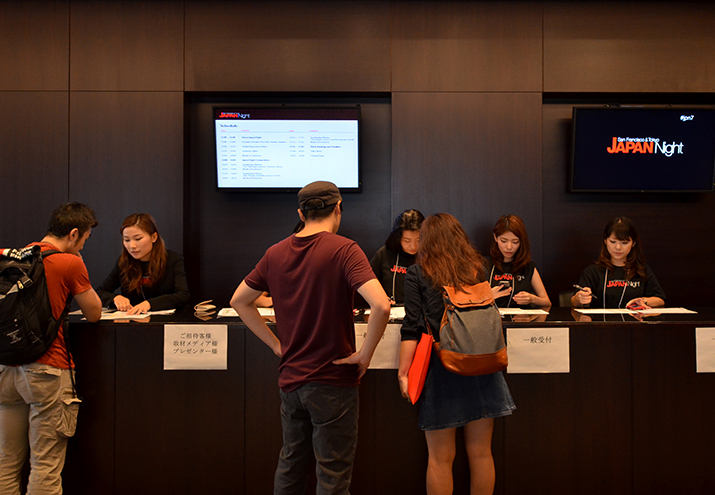
Photo: JapanNight VII Semi-Finals
Through freshtrax – which is written in both English and Japanese – they’ve helped bring Silicon Valley culture and topics to unfamiliar Japanese audiences. And it goes without saying that JapanNight is the first Japanese startup pitch competition that flew startups to Silicon Valley to pitch to an American audience.
These kinds of things helped push Japanese startup culture forward and were what I wanted to be a part of. That’s why I made up my mind to apply for the position.
TechShop finally set up a Japan location in February 2016, three years after you first set that as your goal. What are some of the biggest changes in the past few years or so in the Japanese startup landscape that finally made this possible?
Three to four years ago, the majority of the conversation about personal fabrication for products like home appliances was mainly led by big companies. But today, many people are making their own prototypes and products for the market. These are individuals who left those big companies.
Today, everyone from big companies, the government and young entrepreneurs are talking about how they can make businesses and improve their processes using digital fabrication tools.
In the early 2000s, there was an IT business boom in Japan, and companies like Rakuten and Expedia made it really big. The successful people from those companies became angel investors and started talking about IoT and digital fabrication as the next big thing in Japan.
Prior to that, only people in academia talked about digital fabrication. Today, everyone from big companies, the government, and young entrepreneurs are talking about how they can make businesses and improve their processes using digital fabrication tools. Consequently, people are finally ready to invest in businesses like TechShop, which needs to be sustained by people who are interested in making things themselves, whether as a personal DIY project or prototyping for business.
Plus, three to four years ago, regular college students wouldn’t even think about working for a startup after they graduate.
That’s why, compared to when I was trying to open TechShop in Japan in 2013, the situation has changed a lot. There are far more startup events in Japan now. Plus, three to four years ago, regular college students wouldn’t even think about working for a startup after they graduate. It’s still not a huge thing yet, but there’s certainly more interest than before, and for students, it’s really become an option they can consider.
I think JapanNight played a part in creating this culture. It was one of the first startup pitch competitions for Japanese startups, bridging the Japanese startup scene with Silicon Valley and San Francisco.
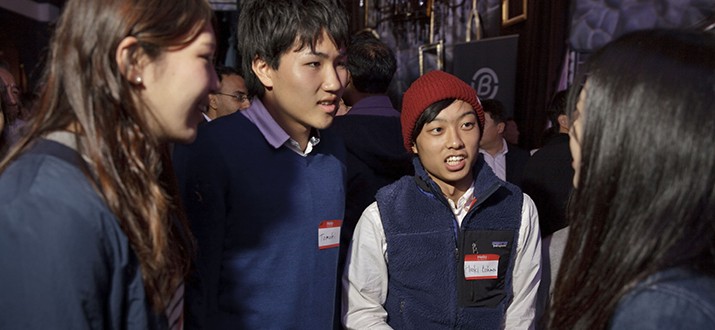
Photo: JapanNight VIII Finals
Recently, there’s been a lot more US company interest in the Japan market. Not just TechShop, but companies like Netflix, Hulu, Spotify, Airbnb and, of course, Uber are now trying to grow there. Of course, there are a lot of barriers (like licensing, copyrights and unions) to overcome, which is why surprisingly, Hulu is more popular than Netflix in Japan as of right now. Where do you think this renewed interest came from?
A few years ago, US companies started passing over Japan when considering expanding to Asia. Instead, they would go straight to China or Southeast Asia. But it seems to me that recently, attention to the Japan market has returned because Japanese consumers are mature and Japanese median income is very high. The political situation is also very stable. In that way, it’s easier to run a business here, so foreign interest for the Japan market may be coming back.
Also in the past, Japan was dominated by Japanese companies and there was no space for foreign entrants to grow. That’s partially why foreign companies went to China and other countries instead where the potential for growth was higher and consumers were still very new to different types of brands.
But now, the Chinese market is more saturated and Chinese companies are growing rapidly as well. Companies like Alibaba and Tencent are huge players in China, so it’s part of the reason why US companies are interested in Japan again. Japanese corporations are now forced to be more competitive.
Mixi used to be the number one social media network in Japan and no one ever thought they could be replaced.
Another thing is technology, like smartphones… there’s a lot of space for anyone to grow. Everyone has a smartphone now and they all have apps. Mixi used to be the number one social media network in Japan and no one ever thought they could be replaced. But Twitter and Facebook came and exceeded everyone’s expectations.
On a similar note, unlike many other cultures, Japanese people are very willing to pay for things on smartphones – like small purchases on mobile games and buying songs or ringtones. That’s why it’s a good market to be in. This cultural tendency is why CDs still sell here and Tower Records is still around.
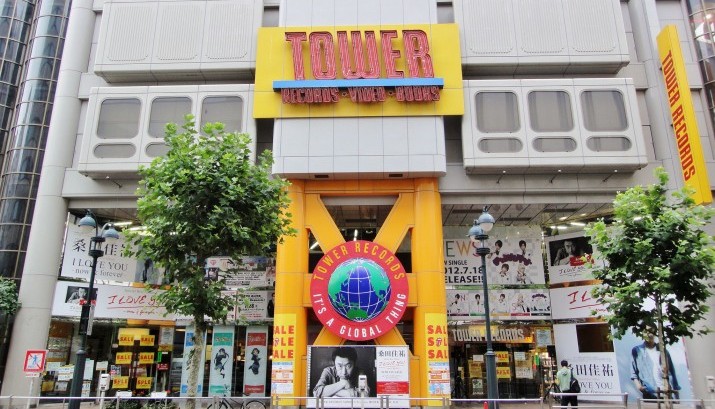
Photo: Tower Records in downtown Shibuya, Tokyo
Traditional US companies have always found the Japan market difficult to enter, but for new companies like Twitter, Facebook or Evernote – it’s still not easy or anything, but there’s a space for anyone to grow, even in Japan. So I think that’s the reason foreign interest is back in the Japan market.
#######
Interested in expanding your business to Japan? Along with years of experience living and working in Japan, we at btrax have a rich understanding of the culture, customers, and business structure. Contact us if you need help determining your value proposition in Japan! If you like our content, sign up for our newsletter and follow us on Twitter and LinkedIn. We look forward to connecting with you!
Featured image: Rawpixel.com/Shutterstock







